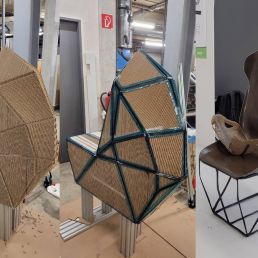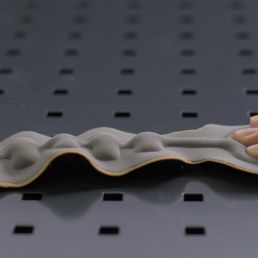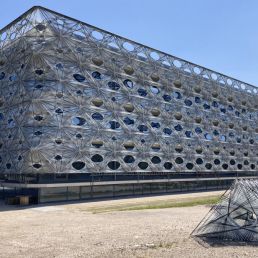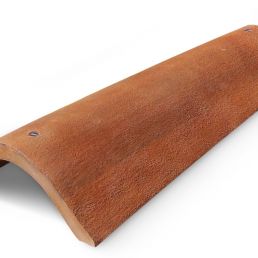Material Revolution 2
New sustainable and multi-purpose materials for design and architecture

Author:
Sascha Peters
Publisher
Birkhäuser (Basel/Berlin)
January 2014
It seems that our product culture built on the lavish overuse of the world’s resources is outdated. The global population has now reached nearly 7.2 billion. This, along with rising consumer demand from developing countries, India and China, means it is no longer possible to ignore the facts: the world’s resources are finite, and running out. The effects of this on the sourcing of raw materials for production were first felt during the economic recovery following the end of the crisis in 2010. Manufacturing materials such as high-performance plastics for vehicle construction became rare, precious, and almost impossible to come by. Comparable, even, to the rare earths used by the renewable energy sector to carry out advanced energy- conversion processes, producing the energy turn of which we are so in need.
Scientists have predicted that if we maintain our product culture and our current rates of consumption, as soon as 2030 we would need the equivalent of two planet earths to meet our needs. The trend towards sustainable product development and sustainable design is especially important in the design industry, where it has been embraced by industrial designers and architects. More and more, creative industries are meeting the needs of a sustainable product culture by incorporating the latest scientific discoveries into their work. This brings research, technology, and design together, particularly within the allocation of materials.


Following the huge success of Material Revolution, this second volume addresses the rapid development of material research and presents materials new to the market since 2010. The significance of sustainable and intelligent materials in design and architecture has increased enormously over the last two years. Numerous new products have been introduced to the market and designers’ thirst for knowledge about the sustainability of new material is as strong as ever, making a sequel to Material Revolution necessary. The new volume contains a similar system of classification but covers a completely different range of materials. There is a chapter dedicated solely to the criteria and factors of sustainable product design, as well as to innovative projects by designers and architects that work with new materials and technologies.
Ecoblaq molecular wood colours
23 March 2024
Ecoblaq is a molecule manipulation method, a natural chemical reaction, making…
Natural fiber reinforced car seat
22 October 2023
The focus of the project "Design for Recycling" is a seat shell that is made…
MotorSkins morphing textiles
19 April 2022
Berlin based start-up MotorSkins designs and produces textiles with embedded…
3D Pioneers Challenge 2022
15 December 2021
The 3D Pioneers Challenge 2022 adresses tech pioneers who pave the way for…
IGNIS – Light from waste heat energy
12 August 2020
The availability of affordable, independent and, above all, clean electrical…
Brake disc with reduced fine dust
21 April 2021
Fine dust endangers our health. One of the main sources is traffic, especially…
Texoversum
15 July 2023
With the "Texoversum", Reutlingen University has put into operation a training…
Invisible Terracotta Solar Rooftile
10 May 2023
The family-run business Dyaqua has developed a technology to integrate a…
Xarvio – Digital Farming
8 January 2021
BASF Digital Farming GmbH has received the renowned Crop Science Award for the…








